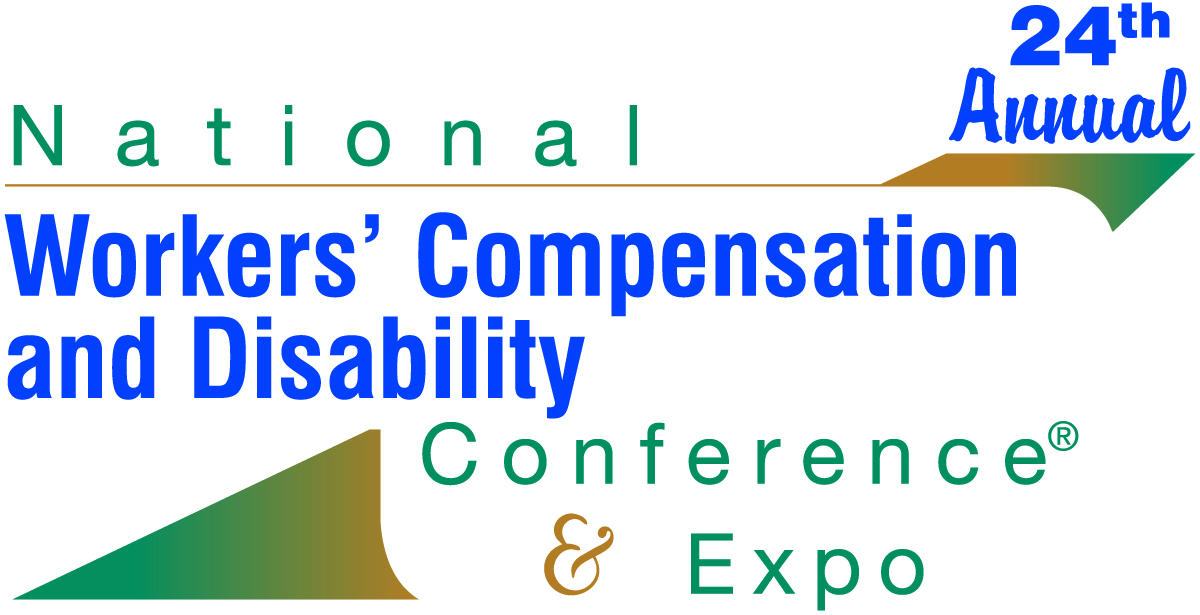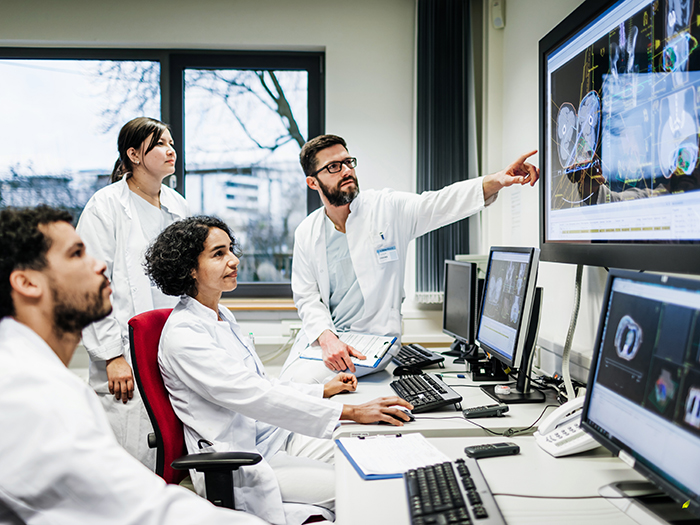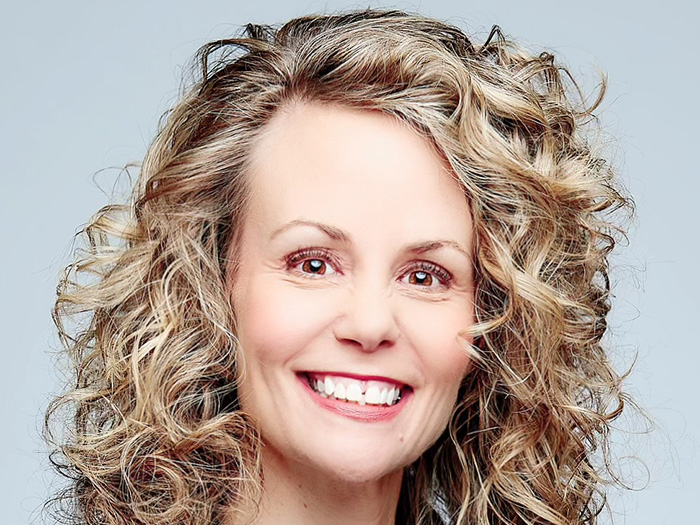Co-Chairs Discuss High Points, Prepare for 2015
The 23rd annual National Workers’ Compensation and Disability Conference® & Expo was, by all accounts, a rousing success. The talk of posts on various social media sites, the nation’s premiere event for workers’ comp and disability practitioners attracted record attendance in November.
 The conference had barely ended when planning organizers were already getting started on the 24th National Workers’ Compensation and Disability Conference® & Expo, scheduled for Nov. 11-13 again at Mandalay Bay in Las Vegas. Speaking proposals are being accepted through Feb. 6.
The conference had barely ended when planning organizers were already getting started on the 24th National Workers’ Compensation and Disability Conference® & Expo, scheduled for Nov. 11-13 again at Mandalay Bay in Las Vegas. Speaking proposals are being accepted through Feb. 6.
This year’s planning co-chairs hope to build on the success of last year’s event, which they say is a hard act to follow.
“I think we’re going to have to dig deep to do better,” said Denise Gillen-Algire, director of managed care and disability risk management for Safeway and a conference planning co-chair. “This last conference was really good.”
As a returning conference program co-chair, Gillen-Algire says she has definitely seen changes since she began in 2010. “In terms of what I see people looking for five or six years ago vs. today is more innovation and program design topics,” she said. “Things around how to design programs, measure performance of providers, best practices in programs; things like that.”
Joining Gillen-Algire as a planning program co-chair is Bill Wainscott, manager of workers’ compensation and occupational health for International Paper. He is especially focused on expanding the push to include as many employers as possible.
“A lot of times [at conferences] speakers tend to talk in theoretical terms about research or trends,” Wainscott said. “This year what struck me was employers saying ‘here’s what we did.’ I learned a lot from other companies willing to share.”
Wainscott’s sentiments were echoed by Gillen-Algire, who said she heard many positive comments about the focus on employers. “There was great feedback on several panels we had with employers on them in that people were talking about real experiences,” she said. “That’s important – a case study approach, the pros and cons to certain programs, or implementing different systems.”
Networking
Wainscott said he heard and spoke with many different employers not only during sessions but also in the expo hall. He was pleasantly surprised to find out about innovative programs for smaller and mid-sized employers.
“I walked away learning some things I could do differently that I hadn’t thought about,” Wainscott said. “I probably stole more from those than I gave to smaller employers. It was a really good opportunity to network with people.”
As an example, Wainscott said he spoke with a woman whose program focuses squarely on the employee. “I tend to get really focused on all the processes and medical management things and return-to-work issues and she brought me back to the point that it’s all about the employee,” he said. “They did an excellent job of communicating to employees, setting expectations well before an accident occurs. Every employee and supervisor knew what would happen when an injury occurred and held everybody accountable.”
In another “eye-opening” expo hall conversation, he learned about a small employer’s inclusion of its employee assistance program. “If a wife is struggling with her husband being around all day and juggling all the family activities and money is not coming in as much as it was, the EAP gets involved and helps around the depression issues or family struggles,” Wainscott said. “I hadn’t thought about EAP playing a serious role in workers’ comp. They said it really helped out, helped the employee deal with things and more importantly helped the family deal with things. I hadn’t really thought about bringing the family in.”
Next Up
One of the first orders of business for the co-chairs is deciding on the opening general session. The 2014 opening keynote address was delivered by Dr. L. Casey Chosewood, senior medical officer and director of the Office for Total Worker Health Coordination and Research at the National Institute for Occupational Safety and Health.
“I was very pleased and received nothing but positive feedback on Dr. Chosewood’s session,” Gillen-Algire said. “That theme was in many sessions; several on integrated disability management and total worker health, and that sort of followed through several sessions. It touched on the importance of pre-loss/post-loss and managing workers’ health.”
Those themes may continue into the 2015 conference.
“Looking at the core of the conference, it is workers’ comp and disability. So I think it’ll be important for us to have sessions around integrated disability and how that integrates with employees and wellness programs and the Affordable Care Act,” Gillen-Algire said. “Obviously, the ACA has been in place for a few years, and most employers and insurers are just starting to see the impact. Additional sessions on strategies for workers’ comp and employers around the ACA will be important.”
Other possible sessions included risk financing, the consolidation of the industry and the impact on managing vendor partners, and the management of litigation. Ultimately, the sessions are chosen with input from the full advisory board.
“That’s the nice thing about this conference,” Wainscott said. “We get such a diverse group of people at the table.”
To submit a proposal or for more information, please visit our website.










